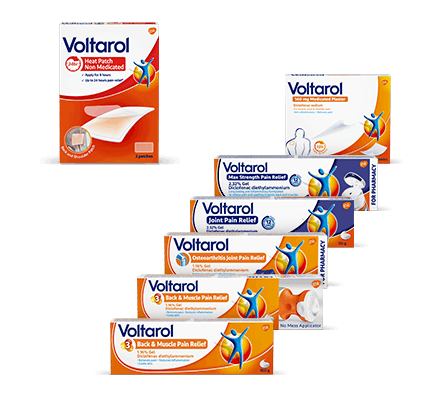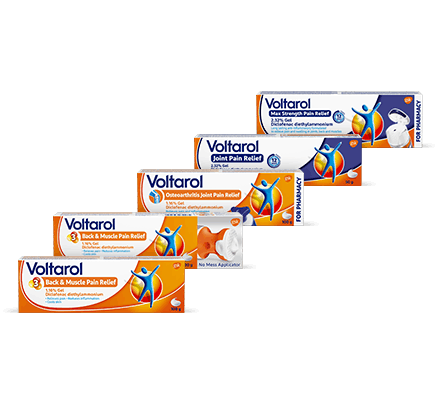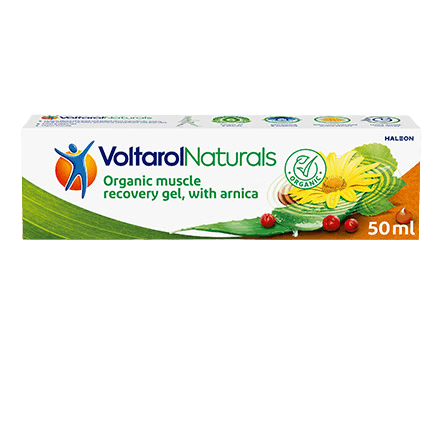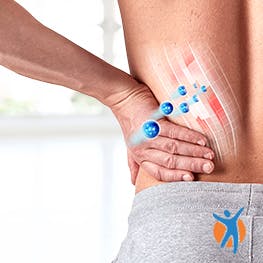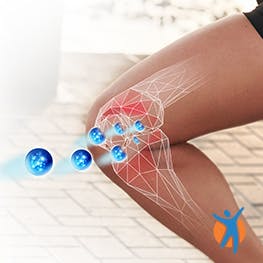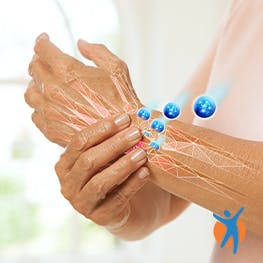Acute pain. You may have heard this term tossed around. Maybe you heard it at the doctor’s office. Or maybe you read it on the back of a medicine bottle. But what does it mean? What is acute pain, exactly? Most plainly, acute pain is the short-term pain you typically feel following illness, injury, surgery, or childbirth. It can feel sharp or dull, mild or intense. Acute pain goes away soon within a normal... healing period. This can be in just a few hours, or up to a few weeks.
Acute pain is your body’s way of letting you know you’ve injured yourself or perhaps pushed it too far. It’s a warning sign telling you to stop, slow down, and adjust accordingly.
Until it resolves, what can you do about acute pain? When should you see a doctor? Here are all the ins and outs (the oh’s and ah’s and sighs of relief) of acute pain.
What’s the difference between acute and chronic pain?
Throughout our lives, we all feel the odd twinge of pain here and there – it’s just a normal part of life. Sometimes that pain is intense and sometimes it’s weak. Having a better understanding of pain can help you deal with it. Knowing the difference between acute and chronic pain can also help you talk about your pain with healthcare professionals. Learn more in our understanding pain section.
Pain can be described as acute or chronic. Although it is quite common for chronic pain sufferers to talk about ‘acute flare-ups’ when pain increases acute and chronic pain refers to how long you have been in pain for, rather than how bad it is.
Knowing how to tell the difference between acute and chronic pain can help you choose the correct pain management regimen. Here’s how to differentiate them:
Acute pain |
Chronic pain |
Short-lived |
Long-lasting (more than 3 months) |
| Usually the result of an injury | Usually the result of an underlying condition or long-term illness |
| Examples of acute pain causes: sprains, cricked necks | Examples of chronic pain causes: osteoarthritis, Lyme’s disease |
Responds well to pain treatments |
Can be resistant to pain treatment |
What is acute pain?
Acute pain is pain that comes on suddenly, usually as a result of tissue damage due to injury, surgery, or trauma. It typically goes away once the underlying cause has been dealt with and resolved. Short-term pain treatments can keep you feeling comfortable until your injury heals.
Acute pain can put your life on hold for a little while as you heal. Once your acute pain has healed, however, you should be able to go back to living your best, most fabulous life.
What is chronic Pain?
Chronic pain, or pain that lasts for three months or more, differs from acute pain - the type of pain you may feel from an injury or strain that is temporary. Chronic pain is pain that has outlasted normal healing time. Chronic pain often doesn't serve a purpose in keeping you immobilised in order to prevent further injury. It is often residual pain from an underlying condition or illness.

Symptoms of acute pain
The symptoms of acute pain depend on what part of your body has been injured and what type of injury it is.
Some of the possible symptoms associated with acute pain can include:
- Swelling
- Redness
- Inflammation
- Fatigue
- Numbness
- Stiffness or inability to use the affected area of your body
- Dull or sharp pain
- Dizziness
- Insomnia
Being in intense acute pain can also make it difficult to concentrate or formulate coherent thoughts. This may be because addressing and processing the pain is taking up a lot of the brain's cognitive resources.
The severity of your injury does not always align with how much pain you feel.
Causes of acute pain
Causes of acute pain are many and varied, and depend on the type of injury you have. However, acute pain is often caused by some form of tissue injury. As a result, pain receptors in the brain are activated by substances called prostaglandins, which transmit messages to your brain that get translated into the sensation of pain.
Some causes of acute pain include touching a hot stove, stubbing your toe (Ouch! We hate when that happens!), twisting your knee during sport, or labour pains. The aches and pains experienced during the flu are also... a form of acute pain. Any injury that will heal within three months can be a cause of acute pain.
Causes of acute pain can include:
- Childbirth
- Cuts and burns
- Muscle strains and sprains
- Bruising
- Broken bones
- Surgery
- Dental work
- Illness or fever
Management of acute pain
Management of acute pain revolves around identifying and treating the source of your pain. Because the causes of acute pain are so varied, so are its potential treatments and management techniques.
However, there are a number of generalised acute pain management techniques that may be helpful to consider if you are experiencing acute... pain.
- Resting the affected area
Rest can aid healing. In fact, one of the primary purposes of acute pain is to get us to slow down and let the body rest. - Applying heat or ice
Heat or ice can help reduce inflammation and swelling. Doing so can help your body heal and may alleviate pain. - Surgery
Surgery sometimes is needed to resolve an internal source of acute pain, in the instance of appendicitis, for example. Speak to your healthcare professional immediately if you believe this may be the case. - Exercise
This may sound strange, but sometimes light exercise can help relieve pain by increasing blood flow to the affected area. If you’re concerned about what type of workout may be appropriate, consult a healthcare professional first. This is important because putting stress on an injured muscle or joint can have the opposite effect. If you feel increased pain, stop immediately. - Steroid injections by your medical profession
Steroid injections must only be undertaken at the instruction of your healthcare provider. He or she will administer them as well. - Muscle relaxants
Sometimes the muscles surrounding the affected area can tense up in response to acute pain. Muscle relaxants can help relieve this tension. - NSAIDS
Non-steroidal anti-inflammatories such as Voltarol Pain Relief Gels are effective in helping to relieve acute soft tissue pain so you can get back to doing the things you love.
Management of acute pain can include:
Treatment by pain type
Learn all about the causes, symptoms, and pain treatments for the type of pain you’re experiencing so you can get back to doing those little things that bring you joy.


